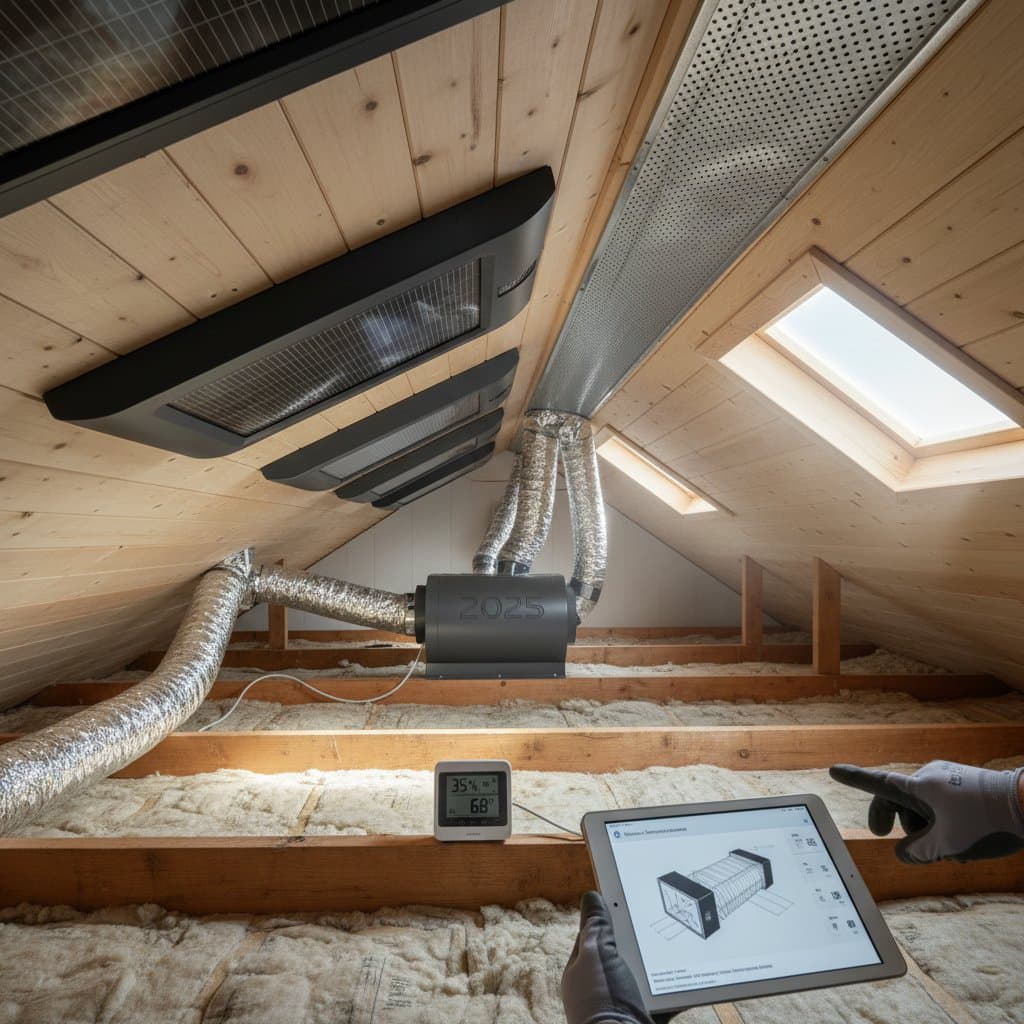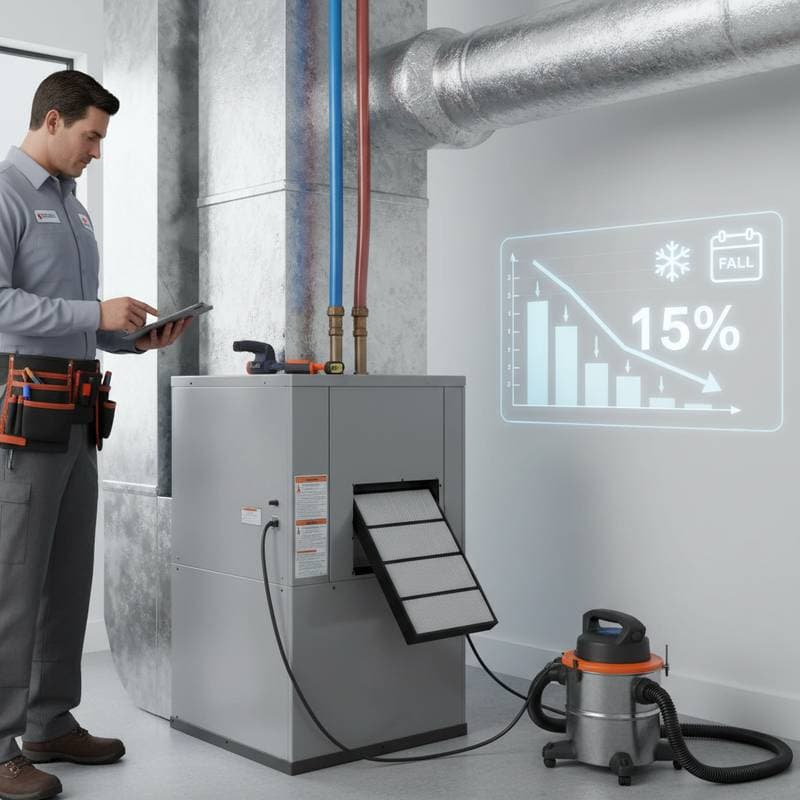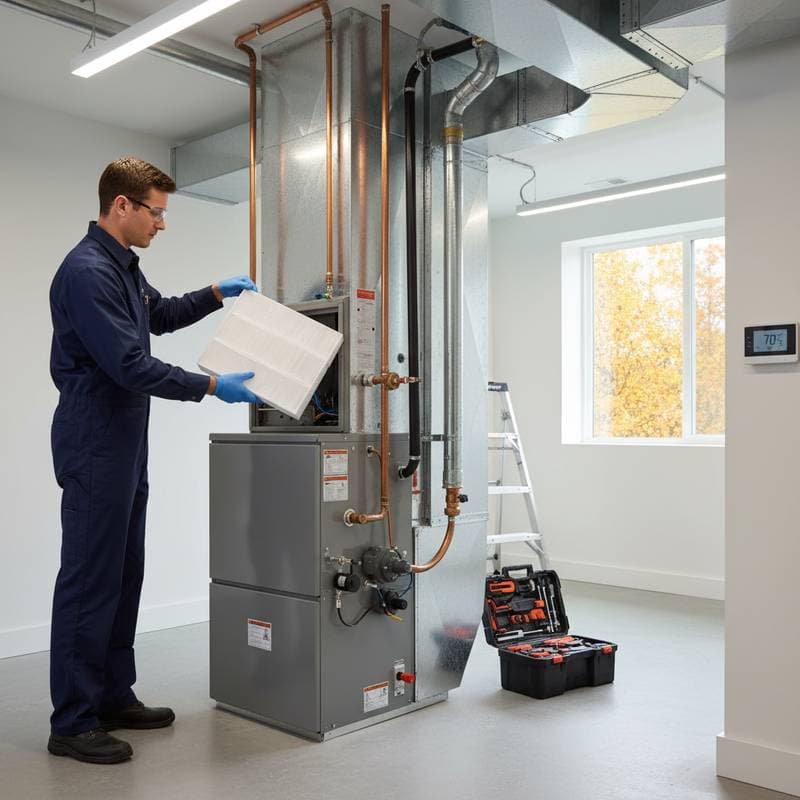Key Pre-Season Checks for Optimal Summer AC Performance
When temperatures rise, homeowners depend on air conditioning systems to maintain comfortable indoor environments. A properly maintained unit cools spaces more effectively and consumes less energy, which controls utility expenses. Preparation before the cooling season starts ensures reliable performance during peak demand.
This guide details essential pre-season inspections for homeowners. These steps, whether performed personally or by a professional, prevent failures, prolong equipment lifespan, and manage energy costs throughout the summer.
Assessing System Readiness
Begin with a visual examination of the outdoor condenser unit. Identify and remove dirt, leaves, or debris that obstruct airflow, as such blockages increase operational strain. Maintain a clearance of at least two feet around the unit by trimming nearby vegetation and clearing accumulated materials to support efficient ventilation.
Examine the indoor components next. Search for water leaks, moisture accumulation, or odd smells near the air handler or evaporator coil. These indicators often signal condensation problems or drain clogs that require resolution prior to intensive operation.
Cleaning and Replacing Air Filters
Clogged air filters frequently impair cooling capacity by limiting airflow, which extends run times and elevates electricity usage. Replace disposable filters or wash reusable ones at the season's outset. In households with pets, allergy sufferers, or high dust levels, inspect filters monthly to sustain performance.
Opt for high-efficiency filters to enhance indoor air quality by trapping finer particles. However, change them on schedule to avoid excessive airflow restriction. Refer to the unit's manual or seek advice from an HVAC specialist to select appropriate filter specifications. Consider installing sensor-equipped smart filters that alert users via notifications for timely maintenance.
Inspecting Electrical Components and Connections
Faulty electrical connections pose risks of system malfunctions and safety issues. Disconnect power to the unit before inspecting wires for signs of wear, corrosion, or discoloration. Secure any loose connections and check for evidence of prior overheating, such as melted insulation.
Licensed technicians employ tools to evaluate voltage and amperage in key parts like motors and capacitors. Schedule an annual professional review to detect electrical stress early and avert expensive fixes. This proactive measure safeguards both the system and household occupants.
Checking Refrigerant Levels
Insufficient refrigerant results in inadequate cooling, warm air output, or coil icing. Certified professionals must handle refrigerant tasks due to regulatory requirements. Technicians assess for leaks, gauge system pressure, and recharge to manufacturer specifications during routine service.
Systems operating with suboptimal refrigerant levels experience efficiency drops of up to 20 percent, per energy efficiency analyses. This inefficiency raises costs and accelerates component degradation. Proper levels ensure steady cooling and minimize mid-season disruptions.
Examining the Thermostat
The thermostat serves as the system's primary controller. Test functionality by adjusting the setpoint downward and observing if the unit activates promptly. Delays or non-responses indicate the need for calibration or replacement to restore accurate operation.
Upgrade to a smart thermostat for features like pattern recognition that optimizes cooling schedules. Many models support app-based remote adjustments, aiding energy conservation during absences. Position the device in a shaded, level spot away from heat sources to prevent inaccurate temperature detection.
Cleaning the Condenser and Evaporator Coils
Accumulated dust and debris on coils hinder heat transfer, diminishing cooling effectiveness. Regular cleaning of both outdoor condenser and indoor evaporator coils enhances performance and reduces energy demands. Power down the system before maintenance to ensure safety.
For the condenser, detach the top grille and rinse fins gently with a hose directed inward, using low water pressure to preserve fin integrity. Access the evaporator coil by removing the panel, then apply a soft brush or specialized cleaner. Professional intervention proves necessary for severe accumulations. Clean coils can boost efficiency by 30 percent, based on industry evaluations.
Inspecting the Condensate Drain Line
Air conditioners dehumidify indoor air, producing condensate that exits via a drain line. Clogs from algae or mold in this line lead to overflows, leaks, and potential damage. Flush the line with a vinegar-water solution at the season's start to clear obstructions and promote smooth drainage.
Verify the operation of any installed float switch, which halts the unit during backups. Ensure the switch activates freely through testing. A functional drain system prevents shutdowns and maintains optimal indoor humidity levels.
Testing Airflow and Ductwork
Inadequate airflow causes inefficient cooling and temperature inconsistencies across rooms. Confirm that all vents and registers remain open and free of barriers like furniture or fabrics. Inspect accessible ducts for separations, punctures, or loose fittings that compromise air distribution.
Leaky duct systems can dissipate up to 30 percent of cooled air, according to energy department findings. Apply mastic sealant or foil tape to repair gaps and enhance delivery. Engage a specialist for comprehensive testing in complex or aging setups to achieve maximum improvements.
Scheduling a Professional Tune-Up
Homeowners can manage basic tasks, yet a comprehensive tune-up by a qualified technician delivers thorough benefits. Experts conduct in-depth diagnostics, confirm refrigerant integrity, evaluate electrical safety, and benchmark overall efficiency. Early detection of subtle issues averts breakdowns during intense heat periods.
Preventive maintenance correlates with reduced emergency interventions and extended system durability, as noted by HVAC specialists in professional discussions. Service agreements often provide perks like expedited appointments and repair discounts, enhancing long-term value.
Monitoring Energy Efficiency
Post-maintenance, track electricity consumption as the system operates routinely. Sudden bill increases may reveal underlying faults, including refrigerant shortages, soiled coils, or motor weaknesses. Integrate smart thermostats or dedicated monitors to log usage patterns and facilitate prompt issue identification.
Sustaining Long-Term Comfort and Savings
Routine pre-season maintenance secures reliable cooling, optimizes energy use, and protects your HVAC investment. These measures eliminate the need for urgent repairs amid heat waves and deliver consistent indoor comfort. Invest time in preparation to enjoy a worry-free summer with lower expenses and greater efficiency.





